Dental health is an integral part of overall health, influencing not only our ability to eat and speak but also our general well-being. Maintaining good oral hygiene, particularly through regular tooth brushing, is one of the most effective methods for preventing a variety of dental issues. Brushing helps to remove food particles and bacteria that accumulate on teeth, and it plays a vital role in preventing gum disease, cavities, and other oral health problems.
This article will explore in detail the impact of brushing on dental health, including the proper technique, the importance of brushing, common misconceptions, and additional tips for maintaining good oral hygiene. The goal is to help readers understand the importance of brushing and how to adopt the correct brushing techniques for better oral health.
1. The Impact of Brushing on Dental Health
1.1 Preventing Cavities
Cavities, or tooth decay, are one of the most common dental issues. Cavities occur when bacteria in the mouth break down food particles, especially sugars, producing acids that erode tooth enamel over time. If left untreated, cavities can lead to tooth pain, infection, and tooth loss.
One of the primary functions of brushing your teeth is to remove food particles and plaque (a sticky film of bacteria) from the tooth surfaces. If plaque is not regularly removed, it can harden into tartar, which can contribute to tooth decay. Regular brushing is essential for reducing the formation of plaque and preventing cavities.
1.2 Preventing Gingivitis and Periodontal Disease
Gingivitis is an inflammation of the gums caused by plaque buildup along the gumline. Early signs of gingivitis include red, swollen gums and bleeding when brushing. If left untreated, gingivitis can progress to periodontal disease, which can lead to gum recession, tooth mobility, and even tooth loss.
By brushing your teeth regularly, you can effectively remove plaque from around the gums, preventing the onset of gingivitis and reducing the risk of more serious periodontal conditions. It’s important to pay special attention to the area where the teeth meet the gums, as this is where plaque is most likely to accumulate.
1.3 Preventing Bad Breath
Bad breath, or halitosis, is often caused by the buildup of bacteria in the mouth. These bacteria break down food particles and dead cells, releasing volatile sulfur compounds that produce an unpleasant odor. Regular brushing helps to remove food particles and bacteria, thus reducing the occurrence of bad breath.
Additionally, the tongue can harbor bacteria that contribute to bad breath. Many people overlook brushing their tongues, but it is an important part of oral hygiene. Brushing your tongue as part of your regular routine can significantly reduce the likelihood of bad breath.
1.4 Improving the Appearance of Teeth
The appearance of your teeth plays a significant role in your overall aesthetic and confidence. Brushing your teeth removes surface stains caused by food, drinks (such as coffee or wine), and tobacco. By maintaining a consistent brushing routine, you can preserve the natural whiteness and shine of your teeth.
Moreover, brushing helps to prevent the formation of tartar. Tartar is hardened plaque that cannot be removed by regular brushing alone and requires professional cleaning by a dentist. By brushing effectively, you can minimize tartar buildup and maintain a cleaner, more attractive smile.
2. The Correct Brushing Technique
While brushing your teeth may seem like a simple daily activity, using the proper technique is crucial to maintaining good oral health. Improper brushing can damage both your teeth and gums, preventing you from effectively cleaning your mouth.
2.1 Choosing the Right Toothbrush
The first step in effective brushing is choosing the right toothbrush. Toothbrushes come in various shapes, sizes, and bristle strengths. A toothbrush with medium bristles is generally recommended, as hard bristles can damage the gums and tooth enamel, while soft bristles may not effectively remove plaque.
The size of the toothbrush head is also important. It should be small enough to fit comfortably into your mouth and reach all areas of your teeth, especially the back teeth and the spaces between your teeth.
2.2 Using the Right Toothpaste
Selecting the right toothpaste is also vital. Most dentists recommend fluoride toothpaste, as fluoride helps to strengthen tooth enamel and prevent cavities. If you have specific needs, such as sensitive teeth or staining, you can choose a toothpaste formulated for these concerns. However, fluoride toothpaste remains the most effective option for the majority of people.
Be cautious not to use too much toothpaste—just a pea-sized amount is enough. Excessive toothpaste may lead to foaming and excess paste that doesn’t provide additional cleaning benefits.
2.3 The Correct Brushing Method
Brushing your teeth involves more than simply moving the toothbrush across your teeth. Using the proper technique is essential for ensuring that all surfaces of your teeth are cleaned thoroughly. The following are common brushing methods:
2.3.1 Bass Method
The Bass technique is the most widely recommended method for brushing. It involves positioning the toothbrush at a 45-degree angle to the gumline, with the bristles aimed at the area where the tooth meets the gum. You should use gentle, circular motions, brushing each section of your mouth for about 15-20 seconds.
2.3.2 Circular Method
The circular brushing method is especially useful for children and beginners. This method involves brushing in small, gentle circles across the surface of each tooth. It is a less aggressive technique that can be effective for people with sensitive gums.
2.3.3 Vertical Brushing
Vertical brushing is particularly useful for cleaning the inside surfaces of the upper and lower front teeth. Hold the toothbrush vertically and brush up and down, using gentle strokes.

2.4 Brushing Time and Frequency
Experts recommend brushing your teeth for 2-3 minutes, twice a day—once in the morning and once before bed. This ensures that you have enough time to clean all areas of your teeth and gums thoroughly. If you only brush for a minute or less, you may miss important areas, like the back teeth and gumlines.
2.5 Brushing Order
To ensure thorough cleaning, it’s best to brush your teeth in a systematic order. A common approach is as follows:
- Outer surfaces of the upper teeth
- Outer surfaces of the lower teeth
- Inner surfaces of the upper teeth
- Inner surfaces of the lower teeth
- Chewing surfaces of the upper teeth
- Chewing surfaces of the lower teeth
- Tongue and the roof of the mouth
This method ensures that no area of the mouth is missed during brushing.
3. The Importance of Brushing
Brushing your teeth is not just essential for maintaining healthy teeth and gums; it also has significant implications for your overall health. Increasing evidence shows that oral health is closely linked to systemic conditions, such as cardiovascular disease, diabetes, and even pregnancy complications. Regular brushing can have a positive impact on your overall health.
3.1 Oral Health and Cardiovascular Health
Research has shown that oral bacteria, if left unchecked, can enter the bloodstream and contribute to the development of cardiovascular diseases like atherosclerosis (hardening of the arteries). Gum disease, in particular, has been linked to an increased risk of heart attack, stroke, and other heart conditions. Brushing your teeth regularly can help reduce the number of harmful bacteria in the mouth and lower the risk of heart disease.
3.2 Oral Health and Diabetes
There is a bidirectional relationship between oral health and diabetes. People with diabetes are more susceptible to gum disease, and untreated gum infections can make it harder to manage blood sugar levels. By brushing regularly and maintaining good oral hygiene, people with diabetes can help reduce the risk of gum disease and improve their overall health.
3.3 Oral Health and Pregnancy
Pregnant women are at a higher risk for developing periodontal disease, which has been associated with premature birth and low birth weight. Maintaining proper oral hygiene, including regular tooth brushing, is important during pregnancy to protect both maternal and fetal health.
4. Common Brushing Mistakes
Although brushing is a routine part of most people’s daily lives, many people make common mistakes that can negatively impact the effectiveness of their oral hygiene routine. Here are some of the most common brushing mistakes:
4.1 Brushing Too Hard
Some people believe that brushing harder will remove more plaque or clean their teeth better. However, brushing too hard can damage tooth enamel and irritate the gums, leading to gum recession and increased tooth sensitivity. Use gentle pressure when brushing, and avoid pressing too hard on the toothbrush.
4.2 Ignoring the Inner and Chewing Surfaces of Teeth
Many people focus primarily on the outer surfaces of their teeth when brushing, neglecting the inner and chewing surfaces. The inner surfaces and chewing areas are also prone to plaque buildup, so it is important to ensure that you clean these parts of your teeth as well.
4.3 Brushing for Too Short a Time
Brushing for less than one minute can be insufficient to thoroughly clean all areas of the mouth. For optimal cleaning, aim to brush for 2-3 minutes. Take your time to clean each surface of your teeth, including the front, back, and chewing surfaces.
4.4 Neglecting to Clean the Tongue
The tongue can harbor bacteria and dead cells that contribute to bad breath and overall mouth odor. Make sure to gently brush the surface of your tongue with the toothbrush or use a tongue scraper to remove bacteria and freshen your breath.
5. Conclusion
Brushing your teeth is essential for maintaining good oral health and preventing common dental problems such as cavities, gum disease, and bad breath. The act of brushing removes food particles and plaque, reducing the risk of tooth decay and other oral health issues. In addition to maintaining healthy teeth, brushing also has significant implications for overall health, with links to heart disease, diabetes, and pregnancy outcomes
.
By adopting the correct brushing technique and following a consistent oral hygiene routine, individuals can enjoy healthy teeth and gums, better overall health, and a brighter smile. Understanding the importance of brushing and mastering proper brushing habits is the key to achieving long-lasting oral health and well-being.

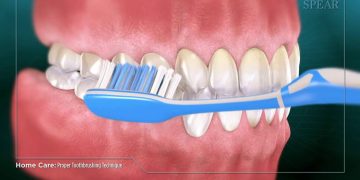
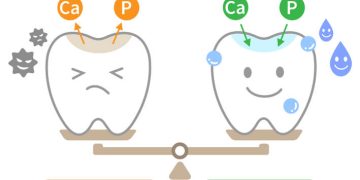
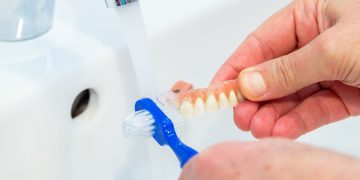

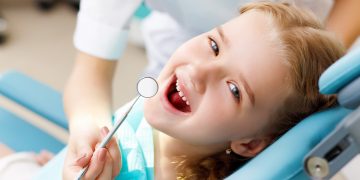


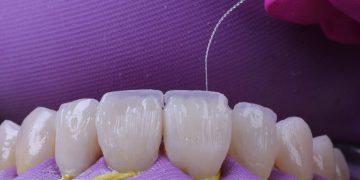
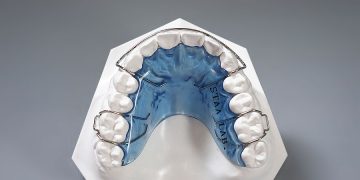

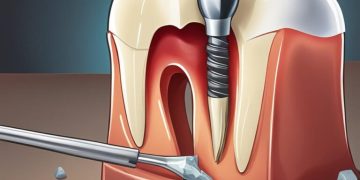
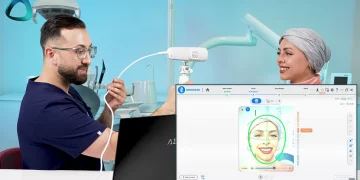
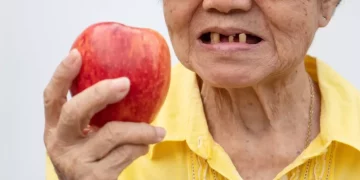

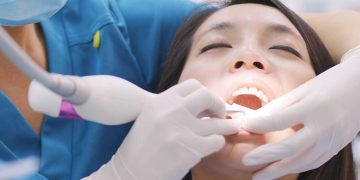

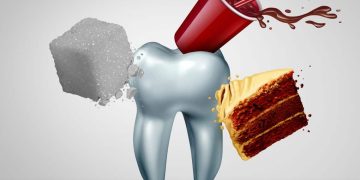







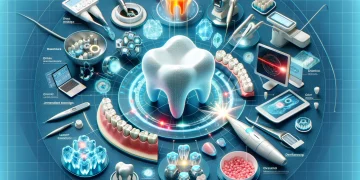



















Discussion about this post